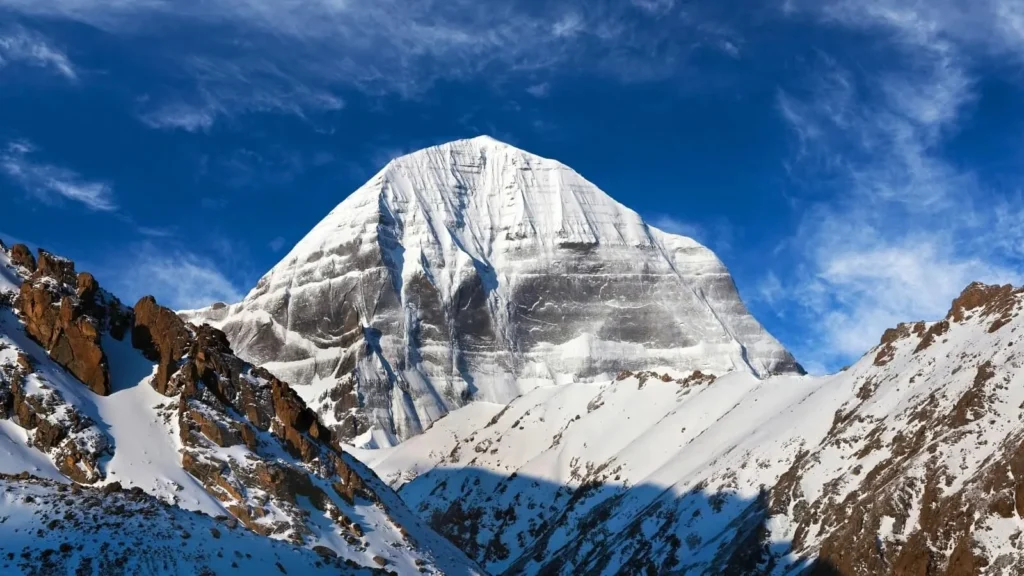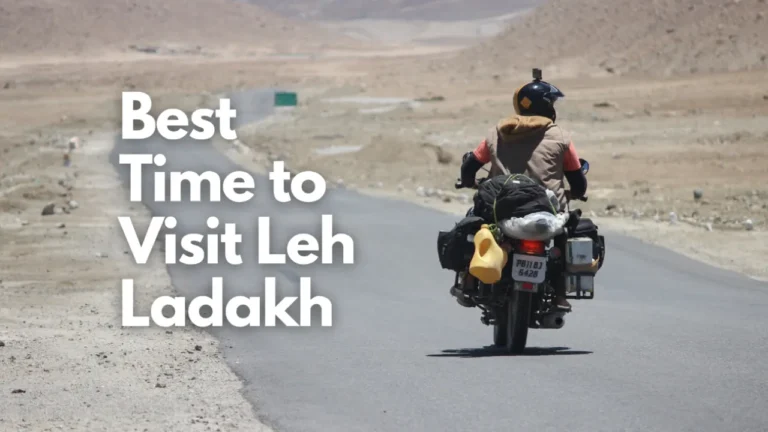
Mount Kailash: Nobody Could Ever Climb It!
Mount Kailash, also known as Kang Rinpoche in Tibetan, is a holy mountain located in the Kailash Range of the Himalayas. It is considered to be one of the most sacred sites in the world by several religions, including Hinduism, Buddhism, and Jainism. Mount Kailash is situated in the western part of Tibet, near the source of some of Asia’s most significant rivers, including the Indus, the Sutlej, the Brahmaputra, and the Karnali. In this article, I will share some intriguing facts about Mount Kailash.
Table of Contents

Why no one climbed Kailash?
Despite being a popular trekking destination, Mount Kailash has never been climbed. There are several reasons for this. Firstly, the local people and religious authorities believe that climbing the mountain is disrespectful to the gods who reside on the peak. Secondly, the mountain is considered too sacred for climbing, and it is believed that anyone who tries to climb it will die. Finally, the rugged terrain, harsh weather, and lack of infrastructure make it a challenging climb.
What NASA says about Mount Kailash?
NASA has published images of Mount Kailash, which reveal some fascinating facts about the mountain. The images show that the mountain is a pyramid-shaped peak with a snow-covered summit. However, the most unusual feature of this mount is that it appears to be the only mountain in the region that does not have a glacial cover.
Is Lord Shiva still on Mount Kailash?
According to Hindu mythology, Lord Shiva resides on Mount Kailash with his wife, Parvati. It is believed that the mountain is the home of Lord Shiva and is considered to be the ultimate pilgrimage site for devotees of Lord Shiva. Every year, thousands of Hindu pilgrims from all over the world visit it to pay their respects to Lord Shiva and to seek his blessings.
- What is Jio Coin? How to Earn Jio Coins?

- 5 Best MBA Degree Courses on upGrad from Top B-schools!

- A Maid’s Savings and Investment Shocked an MBA Guy!

- Best Motivational Speech In Hindi | SRK, Dr Vikas Divyakirti, Sandeep Maheshwari

- Best Zomato Business Analyst Program? | Salary | Reviews

- 100+ Business Shayari for Instagram | For Students | Attitude Shayari

Has anyone landed on Mount Kailash?
No, no one has landed on Mount Kailash, nor has anyone climbed the mountain. Despite several attempts, the mountain remains unconquered. The locals and religious authorities believe that anyone who tries to climb the mountain will die. Moreover, the lack of infrastructure and harsh terrain make it challenging to reach the peak.
Is it possible to climb Mount Kailash?
Climbing Mount Kailash is considered disrespectful to the gods who reside on the peak, and it is considered too sacred for climbing. The mountain is also challenging to climb due to its rugged terrain and harsh weather. Therefore, climbing Mount Kailash is not allowed, and the locals and religious authorities strongly discourage anyone from attempting to climb it.
What is the story behind Mount Kailash?
According to Hindu mythology, Mount Kailash is considered to be the abode of Lord Shiva and is considered to be the holiest site in Hinduism. It is also believed that the mountain is the axis of the universe and is considered to be the center of the world. In Buddhist tradition, it is believed that the mountain is the home of Demchok, who is considered to be a wrathful deity. Mount Kailash is also a significant pilgrimage site for Jains, who believe that their founder, Rishabhdev, attained liberation on the mountain.
Conclusion
Mount Kailash is one of the most sacred sites in the world and is considered to be the ultimate pilgrimage site for Hindus, Buddhists, and Jains. Despite being a popular trekking destination, the mountain has never been climbed. Climbing the mountain is considered disrespectful to the gods who reside on the peak, and it is considered too sacred for climbing. Moreover, the rugged terrain, harsh weather, and lack of infrastructure make it even more impossible to climb it.










